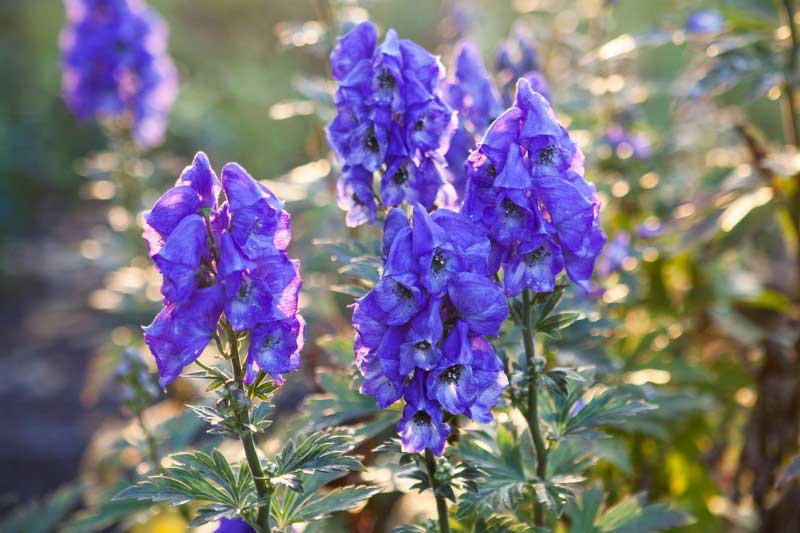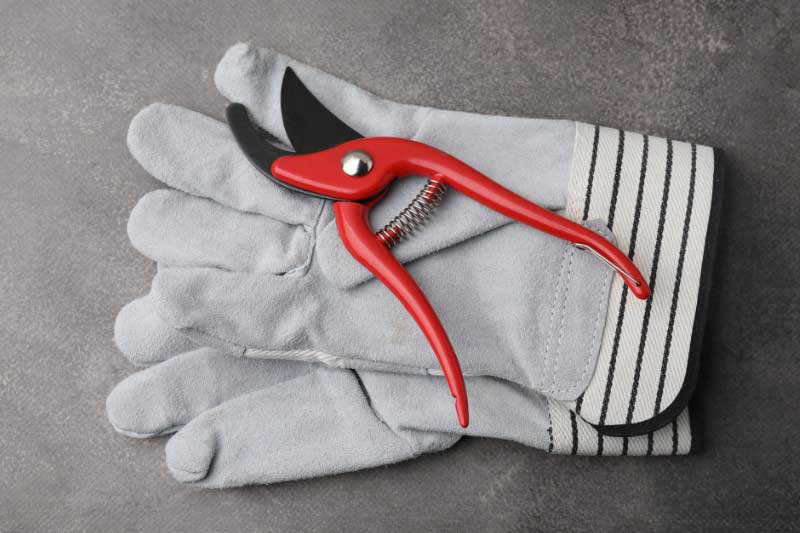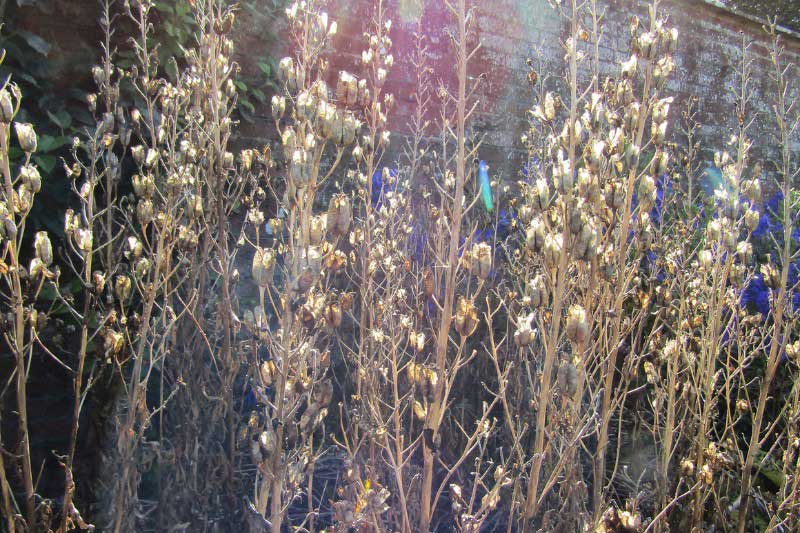Aconite, also known as Jupiter's Helm (Aconitum napellus), is a perennial plant prized for its helmet-shaped flowers, typically blue in colour, which bloom from June to October. This hardy plant, reaching up to 1.50m in height, adds an elegant vertical accent to borders and flower beds. Discover all our tips on when and how to prune Aconite!
To learn all about its cultivation, feel free to consult our comprehensive guide: "Aconite: planting, care and division".

Why prune Aconite?
Pruning Aconite is essential for:
- Stimulating abundant flowering: By removing spent flowers, the plant can produce new inflorescences, thus extending the flowering period.
- Maintaining plant health: Removing dead or diseased parts reduces the risk of fungal diseases developing, particularly in excessively humid conditions.
- Preserving a harmonious shape: Regular pruning helps maintain a compact form and prevents the plant from becoming too invasive in the garden.
When to prune Aconite?
The ideal time to prune Aconite depends on its flowering cycle:
- As soon as the flowers fade, typically between July and September, it's recommended to cut back spent flower spikes. This practice encourages the plant to focus its energy on developing new shoots and may prolong the flowering period.
- In autumn (from mid-October): When the foliage has dried, it's advisable to cut the stems back to ground level. This pruning prepares the plant for winter and promotes vigorous regrowth the following spring.
How to prune Aconite?
Required tools
- Sharp, disinfected secateurs: To make clean cuts and avoid disease transmission.
- Gardening gloves: All parts of Aconite are toxic. It's therefore essential to wear gloves when pruning to avoid any skin contact.

Pruning Aconite
In summer (between July and September):
- Identify spent flower spikes, then prune each one with clean secateurs.
- Dispose of pruning waste with household rubbish.
In late autumn (October-November):
- Wait until the foliage has completely dried out, then cut the stems back to ground level using secateurs.
- Clear the area around the plant to prevent disease spread.

After pruning: Aconite care and maintenance
Once pruning is complete, follow these few tips to care for your plant:
- Water moderately: Aconite prefers moist but well-drained soil. Ensure the soil doesn't dry out completely, especially during dry spells.
- Add compost: In spring, applying compost will enrich the soil and promote vigorous growth.
- Mulch around the base: This helps retain soil moisture and protects roots from winter cold.
- Consider staking the stems of taller varieties.


































Comments